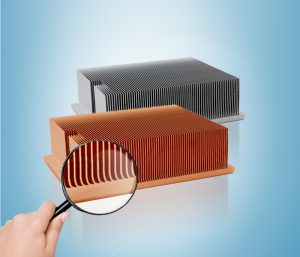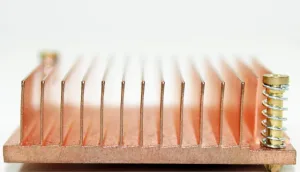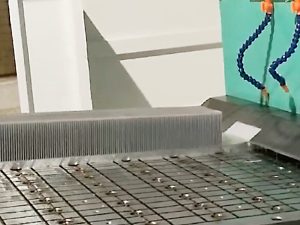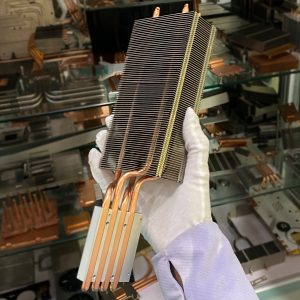Thermosyphon and Loop Thermosyphon
Key feature
- Rely on gravity to drive the working fluid cycle
- The evaporator must be located below the condenser
- No capillary structure required
Thermosyphon
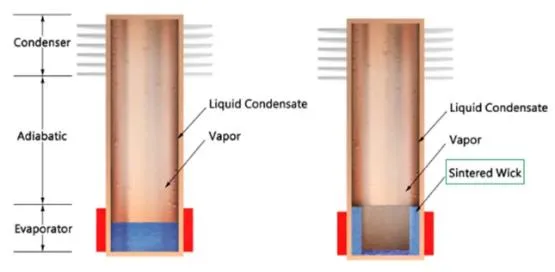
Thermosyphon is a passive heat transfer device with a simple structure, operating similarly to traditional heat pipes but relying entirely on gravity for working fluid return. The process begins when the liquid working fluid (commonly refrigerant R134a for enhanced thermal performance and controlled pressure resistance) vaporizes upon heating at the bottom section. The resulting vapor rises to the condenser at the top, where it releases heat and condenses back into liquid. The condensed liquid then flows downward under gravity, completing the cycle. Due to its simplicity and low cost, thermosyphons are widely used in boilers, solar water heaters, and other systems requiring reliable, maintenance-free heat exchange.
Loop Thermosyphon
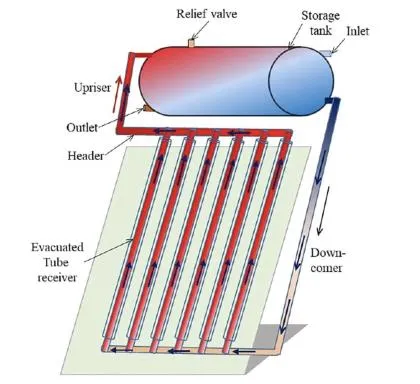
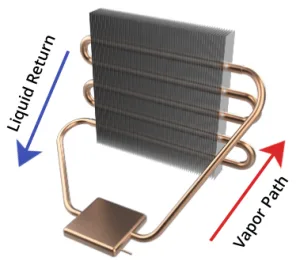
Loop thermosyphon is an advanced iteration of the thermosyphon, featuring separated vapor and liquid channels to form an independent loop structure. This design minimizes phase interference between vapor and liquid, facilitating smoother liquid return and improving heat transfer efficiency. However, it still requires the evaporator to remain positioned below the condenser to leverage gravity-driven fluid circulation. Loop thermosyphons are ideal for applications demanding higher thermal performance while maintaining operational simplicity, such as industrial heat recovery systems or advanced solar thermal installations.

